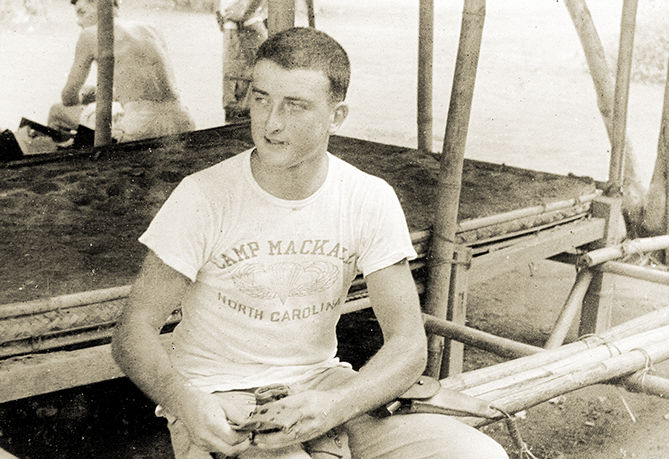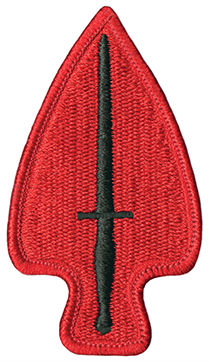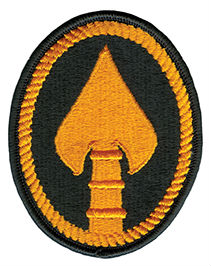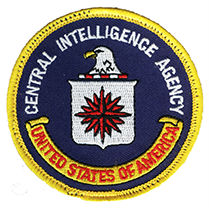At the end of WWII, the OSS evaluated its wartime operations. For more than three years, the organization had been involved in combat and intelligence collection worldwide. At its peak in December 1944, OSS employed 13,000 personnel, 7,500 of whom served overseas. In terms of numbers, the OSS was smaller than a U.S. Army infantry division in WWII.
The special operations branches were not compatible with a post-war world. Major General William J. Donovan, knowing that the OSS would be disbanded, sought to preserve the covert branches by incorporating them into a peacetime intelligence agency. Donovan reasoned; “It is not easy to set up a modern intelligence system. It is more difficult to do so in time of peace than in time of war.” Despite Donovan’s best efforts, President Harry S. Truman ordered him to dissolve the OSS by 1 October 1945.
Research and Analysis (R&A), universally recognized as the most valuable OSS function, was transferred to the Department of State. The War Department assumed responsibility for the remaining OSS assets, under the Strategic Services Unit (SSU). Intelligence collection, like that conducted by Secret Intelligence (SI) and X-2, the OSS counter-intelligence branch, was retained at a reduced level. The paramilitary branches: Special Operations (SO), Operational Groups (OG), Maritime Unit (MU), and Morale Operations (MO), were dismantled.
In February 1946, President Truman created the Central Intelligence Group (CIG), as an interim agency. The National Security Act of 1947 converted the CIG into the Central Intelligence Agency (CIA). Although there was a two year gap between the demise of the OSS and the creation of the Agency, the CIA views Donovan as its ‘founding father.’ Likewise, the Special Operations community benefited from OSS. Colonel Aaron Bank, a former Jedburgh, formed the U.S. Army Special Forces in 1952. Bank recruited WWII combat veterans of airborne units, the First Special Service Force, and the OSS, for Special Forces. In 1989, the newly formed United States Army Special Operations Command (USASOC), at Fort Bragg, NC, chose the Fairbairn-Sykes dagger, carried by some members of the OSS, to be the centerpiece of its insignia. To demonstrate its connection to the OSS, the U.S. Special Operations Command (USSOCOM) wears an adaptation of the unofficial OSS spearhead insignia as its shoulder patch.



